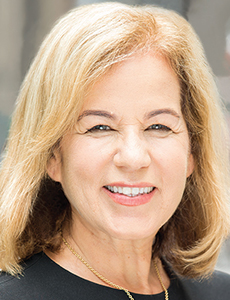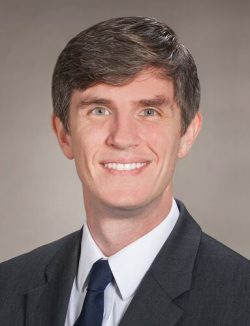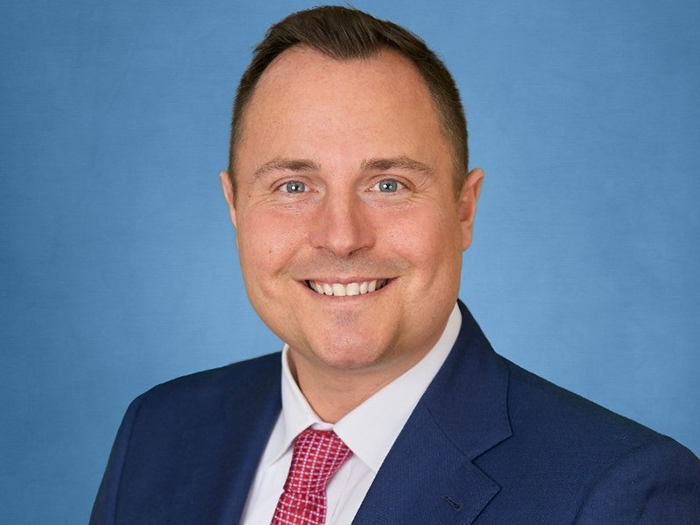Sexual Assault on Campus: Risk Management After Weinstein and #MeToo

Thanks in part to the #MeToo movement, the focus on sexual assaults, including sexual assaults on college campuses, has changed in recent years.
In addition to modifying the stigma associated with reporting sexual assaults, the #MeToo movement is forcing college (and corporate) campus administrators and risk managers to refocus their efforts on sexual assault education and prevention.
Now more than ever, institutions must ensure they do their part to prevent — and appropriately respond to — sexual assaults, so that victims continue to feel they can come forward.
Making Inroads
Today’s institutions have a legal responsibility to promptly investigate and respond to existing sexual assault complaints, provide support and offer sexual violence prevention training.
A failure to do so can place a college or university at serious risk for losing funding from the Department of Education and being suspended or barred from college athletic organizations.
Natasha Romagnoli, a partner with Blank Rome, who has represented many universities and high schools, said it also exposes an institution to possible entanglement with litigation.
“The costs of investigating, litigating or even settling claims against the institution arising out of sexual assaults can cost institutions millions of dollars,” Romagnoli said.
High-profile sexual assault cases and high statistics of sexual assault may also lead to lower alumni donations, fewer student applications and difficulty holding onto or attracting faculty.
According to Julianne Himelstein, associate managing director with Kroll in New York, it’s one of the reasons higher education administrators have upped their game on the issue of sexual assault prevention.
The reality is if they don’t, they could face “out of proportion” crises like the ones seen in recent years involving coaches and medical personnel.
Key concerns include liability for the lack of appropriate response to reports of sexual assault to campus police and, in the Title IX context, a lack of awareness of inherent and insidious problems related to sexual harassment of students and employees.

Julianne Himelstein, associate managing director, Kroll
“Administrators are painfully aware that if they don’t up their game, not only do they risk harm to their student body … their reputation and standing in the collegiate community could be compromised,” Himelstein said.
“They also could be liable for hundreds of millions of dollars to victims to repair the wrongdoing and/or neglect.”
Daniel Linskey, managing director in Kroll’s security risk management practice said some organizations think “it can’t happen here” — that they have good policies and people in place: “They truly turn a blind eye to the potential challenges, or they are organized in such a way that no one owns the problem.
“Residential life, campus security, the chancellor’s office and a host of other community stakeholders all [play] a part in the problem and solution but believe it’s not theirs to own.”
But Linskey stressed it is crucial for education administrators — before a crisis — to have the courage and good sense to take a critical look at their policies, procedures, Title IX programs, educational programs, climate, culture, state of their physical security systems and reporting procedures in order to reduce the risk of a debilitating crisis.
“If their environments contribute to this problem, they need to own it,” Linskey said. “They also need to use resources for improving the education process and not fund settlements for failing to keep people safe.”
Zachary Gifford, director, system wide risk management at California State University, said focus on sexual assault prevention and reporting has changed by the sheer volume of substantial and systemic incidents.
Society has moved from blaming victims to, at a minimum, having great empathy, he said.
“In the past, some things were not discussed with others and would be ‘handled’ quietly. From what I have read and understood, folks are getting more comfortable in coming forward and/or reporting on their concerns.
“Social media is a two-edged sword. It can be a tool for healing, dissemination of good information and providing an outlet. Conversely, there seems to be a challenge with social media shaming, exploitation of others and grooming of victims,” Gifford said.
Mistakes to Avoid
When institutions are unprepared or not doing enough, it may be because there is a lack of resources. Or there might be a misconception that by focusing on sexual assault, the campus already has an existing problem.
“Other times, the reticence or fear that leads victims not to report sexual assault gives the institution a false sense that it is not a prevalent issue with which they have to deal — leading to a vicious cycle that discourages victims from reporting, which in turn buttresses the institution’s misperception that sexual assault is not an issue,” Romagnoli said.
And while the media perception shows sexual assault victims are more readily reporting, feelings of embarrassment, guilt, humiliation and self-blame have not disappeared because of the #MeToo movement.
“Administrators are painfully aware that if they don’t up their game, not only do they risk harm to their student body … their reputation and standing in the collegiate community could be compromised.” — Julianne Himelstein, associate managing director, Kroll
“The reality is we are still seeing that only a small percentage of women report to either Title IX offices, RAs or the police — let alone reporting to family members, friends or roommates,” Himelstein said.
Because of the complex nature of sexual assault prevention, institutions can find themselves making mistakes that affect their efforts.
Himelstein said the most significant mistake is believing in the perception that common occurrences of sexual assaults on campus are between strangers on dark paths between dorms.
That leads them to assume things like additional lighting, whistles, self-defense lessons or more police presence will solve the problem.
“The reality is most sexual assaults occur between students who are familiar with each other, or after parties or on dates inside cars, dorm rooms and campus apartments and involve alcohol,” Himelstein said.
Campuses invest millions in CCTV, lighting, emergency blue light call boxes and security teams to help prevent blitz rapes from strangers on campus, Linskey added.
Yet these schools invest next to nothing to address the real problem: These are young kids away from home for the first time, engaging in the use of alcohol and other substances.
Best Practices for Higher Ed
Attorney Chase Hattaway, partner in Rumberger, Kirk & Caldwell’s Orlando office, said providing education and training to students about the meaning of consent can be effective in preventing sexual assaults.
This training, however, must be given in an effective manner and should be part of a larger campaign over an extended period of time.
“Additionally, institutions should engage the entire campus in preventing sexual assaults and responding appropriately after an assault occurs,” Hattaway said.
“Preventing sexual assaults should not be the job of the campus administration. Instead, administrations should do their part to ensure that students, faculty and staff are empowered to do their part to prevent sexual assaults.”
Obviously, complying with legal requirements for reporting, educating and adjudicating sexual assault cases is critical.

Chase Hattaway, partner, Rumberger, Kirk & Caldwell’s
As Romagnoli explained: If an institution is not in compliance with these requirements, it contributes to an atmosphere where sexual assaults may be overlooked and coming forward becomes more difficult.
But beyond the legal requirements, institutions should be continually reevaluating and expanding their programs, taking into account the diverse student populations, changes in dating culture and statistics showing whether students feel comfortable reporting and have confidence in the on-campus adjudication process.
According to Kroll, the three most significant practices higher education institutions can implement include:
1. Setting the tone of culture the minute freshmen arrive on campus by organizing presentations by upper classmen (not administrators) to educate about respect, the definitions of consent, how the use of alcohol can alter a student’s capacity to consent and the consequences of their actions — suspension, expulsion, criminal sexual assault charges.
2. Encouraging the “buddy system.”
3. And welcoming incoming students to a campus that has self-evaluated its systems for reducing sexual assaults.
Linskey also recommends having adult university staffers take over the responsibility of keeping dorms safe instead of a 19-year-old sophomore who is acting as the RA.
Industry experts agree stakeholders also need to make an honest assessment of the state of affairs as it relates to the protection of students on their campuses.
Gifford suggested campuses evaluate the schools recognized for achieving excellence in this area and ask them for the blueprint.
Use these resources to get a better understanding of their own campus’s performance. Schools can ask themselves: What do we do correctly? What can be done better? What areas have potential for improvement?
“It is incumbent upon an organization to stress the values of empathy, respect and dignity and look through a holistic and not personally prejudiced paradigm,” Gifford said.
Unquestionably, increasing efforts to prevent sexual assault is the right thing to do, legal and financial considerations aside.
As Romagnoli explained, colleges and universities are responsible for attempting to shape students into responsible and ethical members of society, and the examples set on campus for behavior and response to sexual assault have far reaching effects.
“Victims and perpetrators alike leave college and take those experiences of sexual assault with them,” Romagnoli said.
“Victims can suffer for years afterwards, impaired in their ability to function in the larger world, and perpetrators may continue to engage in abusive behavior, becoming abusive spouses, bosses and community members.” &










